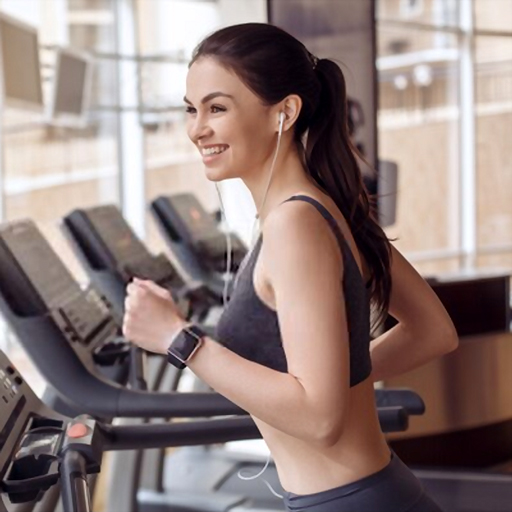
Learning the art of bike riding is a lifetime skill for anyone.
However, some people have grown up without it and now, as an adult, they are too shy to ask someone about instructing. If you’re one of them, don’t worry, we are here not to blame you.
Below is the step-by-step process of learning to ride a bicycle without an instructor.
Before Getting Started
1. Pick The Right Bike

If you are about to or have just bought a bike, always make sure it fits you properly.
A proper bike will support you to cycle in the comfiest way and stay away from overuse injuries. This feature is influenced by physical attributes, your riding style, and age.
In general, the bike should be at a reasonable height to let the rider stand over it without pressing the top tube into him/her.
Position the seat height so you can sit on the saddle with both feet just resting on the ground with no tiptoe or knee-bending. Meanwhile, ensure that you can reach the brakes and handlebars comfily.
2. Look For A Good Location
The next thing that you should prepare is finding a proper location to start learning cycling. This influences your safety as well as other passerby’s so, don’t go for neighborhood roads or busy streets to learn the skill.
Instead, try to find a secluded location, like an empty parking slot or open, wide field.

If there aren’t such locations in your living area, parks are not a bad idea at all. But you’d better take a mate with you so that when something unexpected happens, he/she can give you help.
The less the passerby and traffic there are, the better it is.
3. Choose Suitable Clothing And Gear
Lightweight clothing is the best choice when learning to ride a bicycle as it helps reduce tiredness efficiently.
Shoes that are made with rubber soles underneath are also a must to prevent you from slipping the pedal.
Besides, equipping yourself some proper gear, like gloves, helmet and knee padding is essential to stay away from unwanted situations.

4. Learn How To Apply The Brakes Properly
By getting used to braking to stop, riders will earn more confidence to start out because they know how to keep themselves safe the entire time.
To practice pulling on the brakes, walk next to your bicycle, push it down the road and adjust to give even pressure application on both brakes.
To mount the bike without wobbling, when applying the brakes, you should lean it toward you. Whenever you want to get off it, remember to apply the brakes again.

How To Learn To Ride A Bicycle Without An Instructor
1. Learn To Keep Balance
This balance method is like a point of reference.
Once you can keep the balance well while scooting along on two wheels, it keeps your eyes up and always look ahead to follow the line of vision instead of down and wary of obstacles to avoid.
Start with scooting on the bicycle with your feet. After pushing it off, get your feet off the ground (both feet, I mean).

Try to keep them as long as possible without falling or getting skew to either side. And if you want to put one down to correct yourself, put both feet down and restart.
After keeping the balance well, try to retain your line of vision steadily.
This very first step helps you learn the balance feeling on two wheels of your bicycle. Once getting an influence on it, you are ready to start pedaling.
2. Learn To Pedal
Put one foot on the pedal at the 2 o’clock position while the other on the ground. When feeling ready, push down on the pedal to make you move forward and then, add the opposite foot.
There is a basic rule of thumb: The quicker you pedal, the easier it is to keep balance.
On the first few times of pedaling, you might be out of control and feel to fall, correct your balance by either braking or putting both feet down on the ground.
Keep honing this step until you develop confidence and can pedal circles as long as you want.

Now, try to lift up your seat till your feet are only slightly bent when reading the pedals. Get on the bike, pedal it around the park and practice navigating obstacles or cones until you are able to get the hang of it.
That’s when you have known how to ride a bicycle!
Extra Bonuses
Here are things that you shouldn’t do when learning to ride a bike (they are especially important for beginners and intermediate riders):
- Don’t use earphones, headphones or answer a phone call while you’re riding the bike on busy roads.
- Don’t hand off the handlebar
- Never start bike riding with a too high saddle as it makes you lose balance easily
- Don’t ride it if the pedals are slippery
Conclusion
Bicycling is such an immense fun. Once you’re mastered at this art, it feels like you have just got a little achievement in life.
Regular bike riding is also a healthy, effective fat-burning exercise. Just remember that whenever getting on the bike, check whether it is in good condition or not to ensure your safety.
Pay attention to the brakes, tires, and pedals. I hope this guide has been helpful to you. Be careful and have fun!



